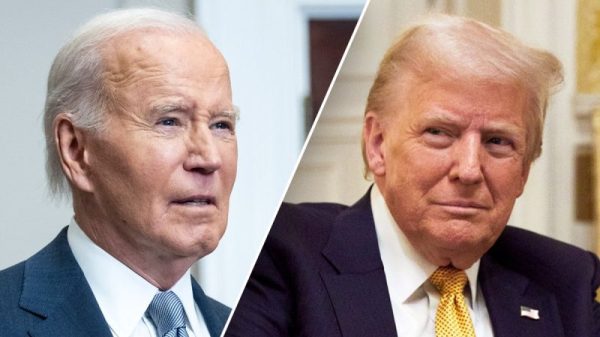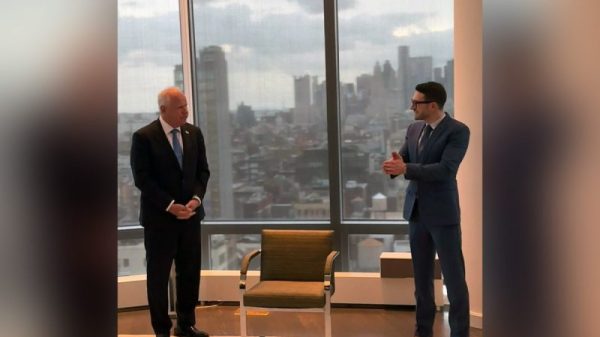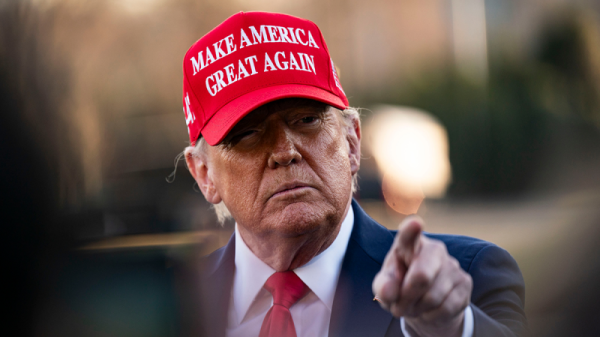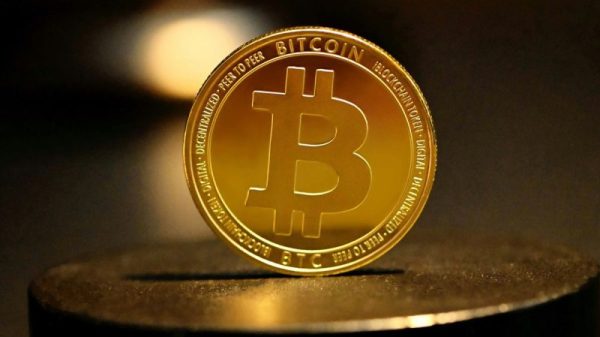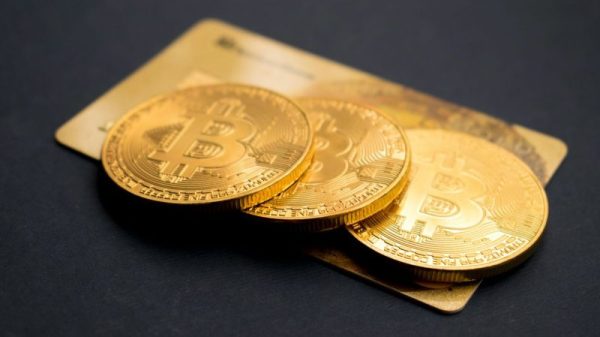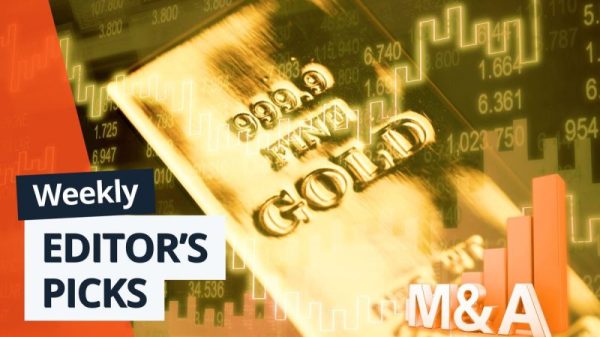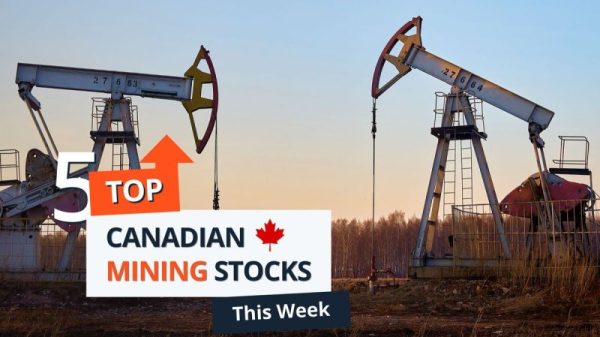WASHINGTON — Hopes for interest rate cuts this year by the Federal Reserve are steadily fading, with a stream of recent remarks by Fed officials underscoring their intention to keep borrowing costs high as long as needed to curb persistently elevated inflation.
A key reason for the delay in rate cuts is that the inflation pressures that are bedeviling the economy are being driven largely by lingering forces from the pandemic — for items ranging from apartment rents to auto insurance to hospital prices. Though Fed officials say they expect inflation in those areas to eventually cool, they’ve signaled that they’re prepared to wait as long as it takes.
Yet the policymakers’ willingness to keep their key rate at a two-decade peak — thereby keeping costs painfully high for mortgages, auto loans and other forms of consumer borrowing — carries its own risks.
The Fed’s mandate is to strike a balance between keeping rates high enough to control inflation yet not so high as to damage the job market. While most measures show that growth and hiring remain healthy, some gauges of the economy have begun to reveal signs of weakness. The longer the Fed keeps its benchmark rate elevated, the greater the risk of causing a downturn.
At the same time, with polls showing that costlier rents, groceries and gasoline are angering voters as the presidential campaign intensifies, Donald Trump has sought to pin the blame for higher prices squarely on President Joe Biden.
The Fed, led by Chair Jerome Powell, raised its benchmark rate by 5 percentage points from March 2022 through June 2023 — the fastest such increase in four decades — to try to drive inflation back down to its 2% target. According to the Fed’s preferred measure, inflation has tumbled from 7.1% in June 2022 to 2.7% in March.
That same gauge showed, though, that prices accelerated in the first three months of 2024, disrupting last year’s steady slowdown. On Friday, economists expect the government to report that this measure rose 2.7% in April from a year earlier.
A separate inflation indicator that the government reported this month suggested that prices cooled slightly in April. But with inflation remaining stubbornly above the Fed’s target level, Wall Street traders now expect just one rate cut this year, in November. And even that is hardly a slam-dunk, with investors placing the likelihood of a cut in November at 63%, down from 77% a week ago.
Last week, economists at Goldman Sachs became the latest analysts to give up on a rate cut in July, pushing back their forecast for the first of two cuts they expect this year to September. Oxford Economics made a similar call last month. Bank of America foresees just one Fed rate cut this year, in December. Just months ago, many economists had forecast the first rate cut for March of this year.
“We will need to accumulate further data over the coming months to have a clearer picture of the inflation outlook,” Loretta Mester, president of Federal Reserve Bank of Cleveland, said this month. “I now believe that it will take longer to reach our 2% goal than I previously thought.” (Mester is among 12 officials who are voting on the Fed’s rate policy this year.)
As further data accumulates, so do some signs that the economy is cooling a bit. More Americans, particularly younger adults, are falling behind on their credit card bills, for example, with the share of card debt 90 days or more overdue reaching 10.7% in the first quarter, according to the Fed’s New York branch. That’s the highest proportion in 14 years.
Hiring is also slowing, with businesses posting fewer open jobs, though job advertisements remain high.
And more companies, including Target, McDonalds and Burger King, are highlighting price cuts or cheaper deals to try to attract financially squeezed consumers. Their actions could help lower inflation in the coming months. But they also underscore the struggles that lower-income Americans face.
“There’s a lot of signs that consumers are kind of losing some steam and hiring demand is cooling,” said Julia Coronado, a former Fed economist who is president of MacroPolicy Perspectives. “You could see more of a slowdown.”
But Coronado and other economists also regard the latest trends as a sign that the economy may simply be normalizing after a period of rapid growth. Companies are still hiring, though at a more modest pace than at the start of the year. And data suggests that Americans traveled in record numbers over the Memorial Day weekend, a sign they’re confident in their finances.
One reason why inflation remains above the Fed’s target is that distortions stemming from the pandemic are still keeping prices elevated in several areas even as much of the rest of the economy has moved past the pandemic.
Housing costs, led by apartment rents, jumped two years ago after many Americans sought additional living space during the pandemic. Rental costs are now slowing: They rose 5.4% in April on an annual basis, down from 8.8% a year earlier. But they’re still rising faster than before the pandemic.
Last month, rent and homeownership, along with hotel prices, accounted for two-thirds of the annual rise in “core” inflation, which excludes volatile food and energy costs. Powell and other Fed officials have acknowledged that they had expected rents to fall more quickly than they have.
The cost of a new lease, though, has tumbled since mid-2022. A gauge of newly leased apartment rents calculated by the government shows that they rose just 0.4% in the first three months of 2024 compared with a year earlier. Yet it takes time for newer, lower-priced rents to feed into the government’s inflation measure.
“Market rents adjust more quickly to economic conditions than what landlords charge their existing tenants,” Philip Jefferson, the Fed’s vice chair and a top lieutenant to Powell, said last week. “This lag suggests that the large increase in market rents during the pandemic is still being passed through to existing rents and may keep housing services inflation elevated for a while longer.”
The cost of auto insurance has soared nearly 23% from a year earlier, a huge jump that reflects the surge in prices of new and used cars during the pandemic. Insurance companies now must pay more to replace totaled cars and as a result are charging their customers more.
“This is about stuff that happened in 2021,” said Claudia Sahm, chief economist at New Century Advisors and a former Fed economist. “You cannot go back and change that.”

